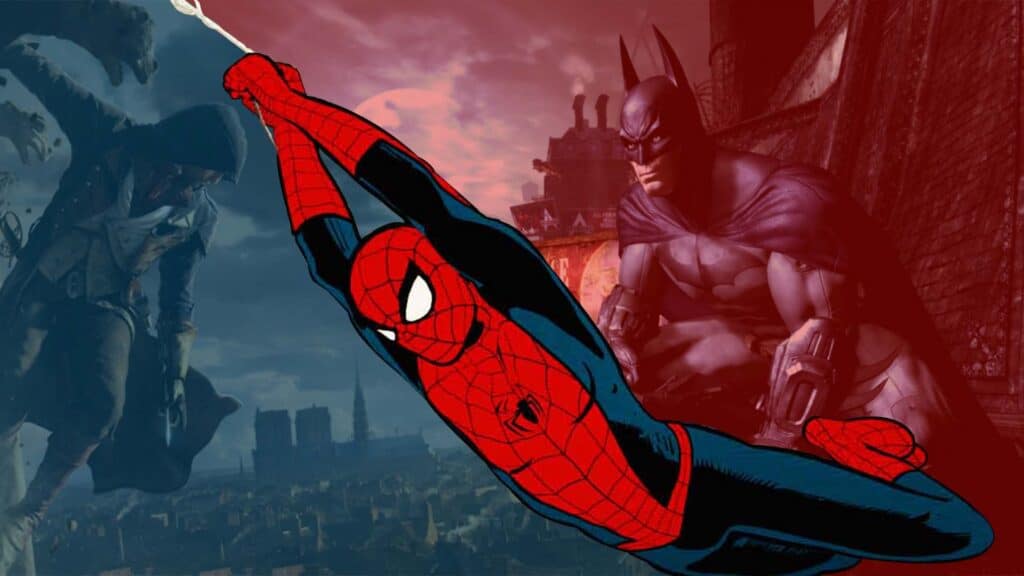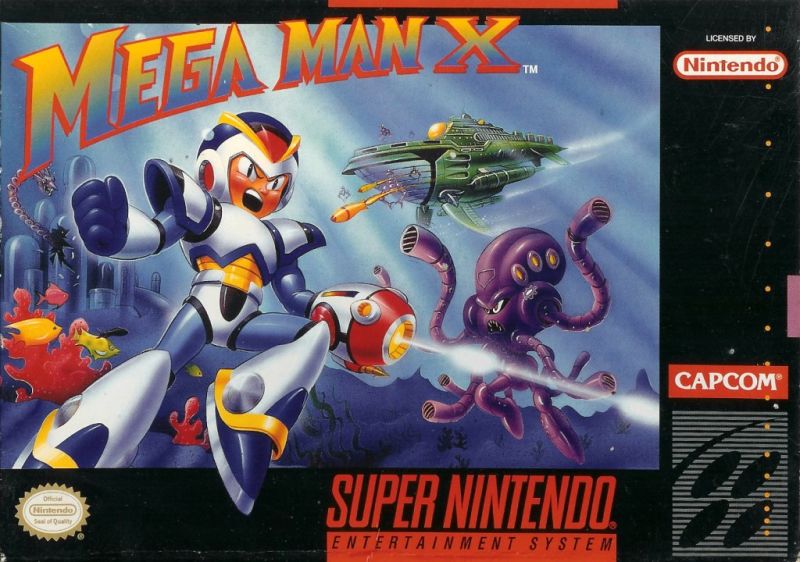In the modern gaming world, it appears that over-the-top violence for the sake of violence has lost its appeal. Gamers no longer care about ripping off their opponent’s arms and beating them to death with the bloody appendages. Over-the-top killing in video games is a cliché at this point in time, hardly a selling point for any new title – in this article I will examine what led us here.
The video game moral panic of the early 90s was led by Mortal Kombat. I don’t need to explain what Mortal Kombat is, but we should examine what it was – the heralding of an age of deadly finishing moves, flying blood sprites, and outraged parents. In comes Senator Joe Lieberman, the ESRB rating, and CBS 60 Minutes documentaries, stirring up all this controversy around 2D characters decapitating each other.
Now quickly fast forward to modern era, before we jump back in time again – Mortal Kombat X topped the sales charts in 2015, selling over 5 million copies worldwide. But was this due to the appeal factor of extreme game violence, or simply a successful franchise releasing a highly polished product that captured a nostalgia factor? Because we should take into consideration that MK 2011 sold only 2m units, and MK: Armageddon has sold around 1m units between 2007 and today.
So after the Mortal Kombat controversy of the 90s, video game developers started pushing the envelope – one title, Thrill Kill, was infamously scrapped by EA just weeks before shipping the final product, because they didn’t want to “publish such a senselessly violent game”.
Thrill Kill was pretty much finished and ready to ship before it was cancelled, and members of the development team leaked copies, so you can download it on various emulator websites to experience what never was. But the gameplay itself, hyped up by promises of ultra-violence, “really sucked” according to Official U.S. PlayStation Magazine.
Now I don’t want this article to be a history of violent video games, so bear with me for just a few more titles – Grand Theft Auto obviously generated loads of controversy. Postal 2 sort of flew under the radar, despite being one of the most senselessly violent games in history, because it was primarily sold online instead of retail stores.
Postal 2 was a sandbox-style first-person shooter, where you could literally decapitate people with a shovel, pour gasoline on their body, light a match, then urinate on the flames.
Manhunt also achieved a good amount of controversy, and – you know what, I could list controversial titles all day. But here’s the point I want to make – all of these titles I’m naming are from the 90s to mid-2000s era. What is the last controversial game you can think of? I mean truly controversial, moral panics and all that. None, zero, nada, right? Okay, maybe the “No Russian” level from Call of Duty. But the moral panic of video game violence has pretty much reached its peak and jumped off, and modern titles attempting to cash in on the controversial are jumping the shark, as I’ll show next.
Let’s examine the most recent title that could have generated controversy the likes of which have never seen before. Hatred, developed in 2015 for PC, released via Steam Greenlight. It was basically every Columbine, Aurora theatre, Sandy Hook Elementary public shootings rolled into one game. You played a psychopath mass murderer on a killing spree, mercilessly slaughtering civilians left and right. Not only that, but it was disturbingly graphic – this wasn’t the cartoon violence of Grand Theft Auto / Mortal Kombat, this was a “realistic” portrayal of mass murder – people wept and begged you for their lives as you stabbed them to death in Hatred.
So because gamers love video game violence, Hatred has sold millions of copies, right? Gone on to become the top-selling video game of all time, marketing fueled by Joe Lieberman and an army of CBS 60 Minutes reporters? Wrong. Hatred was panned by critics and gamers alike, before it was even released. Hatred has sold a total of around 155,000+ copies, despite being easily accessible through Steam. User reviews are fairly apathetic to its “violent appeal”, let me paste a few from Steam:
- “it’s cool for a couple minutes but then it’s kinda lame”
- “Killing everyone for no reason. Alien shooter or GTA is more fun than this. Waste of money”
- “bored of it within half an hour”
- “Bleeds edgy angst that seems more “try hard” then scary. Like your goth friend in high school that makes everything into a violent tragedy.”
So I’ll just come out and state the obvious – video game violence is no longer shocking. Decapitating 3D people and setting the bodies on fire is like, so totally 2007. Either we’re desensitized to it by now, or we’ve realized it for the gimmick it always was and expect more from developers than head-ripping fatalities.
The truly humorous thing about all this is the complete 180 the video game market has done. The most popular titles nowadays are cutesy, casual games – I mean even simple online .io games Agar.io and UNO Online get peaks of 200,000 simultaneous players per day, more than what Hatred has sold 2 years. If you’re reading this, game developers of the world, want to know the secret to truly shocking your audience? Release a good game.
[alert type=white ]The views expressed in this article are those of the author and do not necessarily represent the views of, and should not be attributed to Sirus Gaming as a whole.[/alert]
Credits to: Katie Kennedy – ReadWrite, BusinessInsider, and Cvent Contributor.











